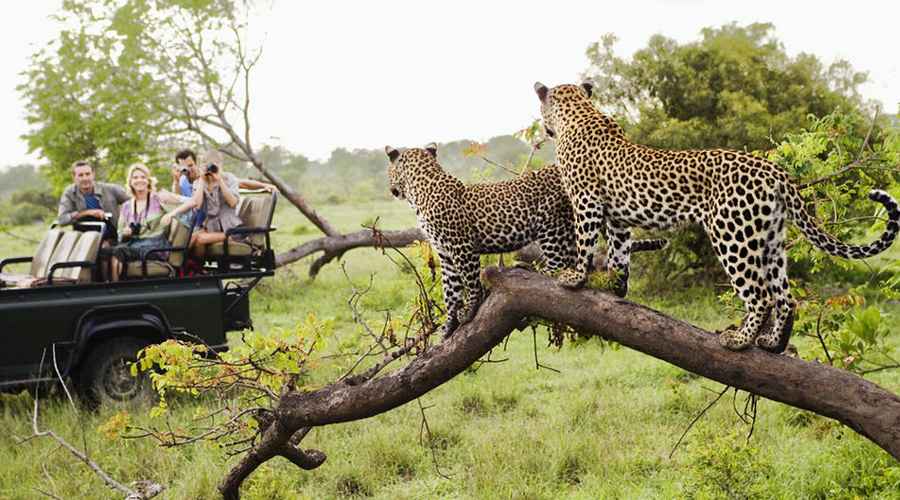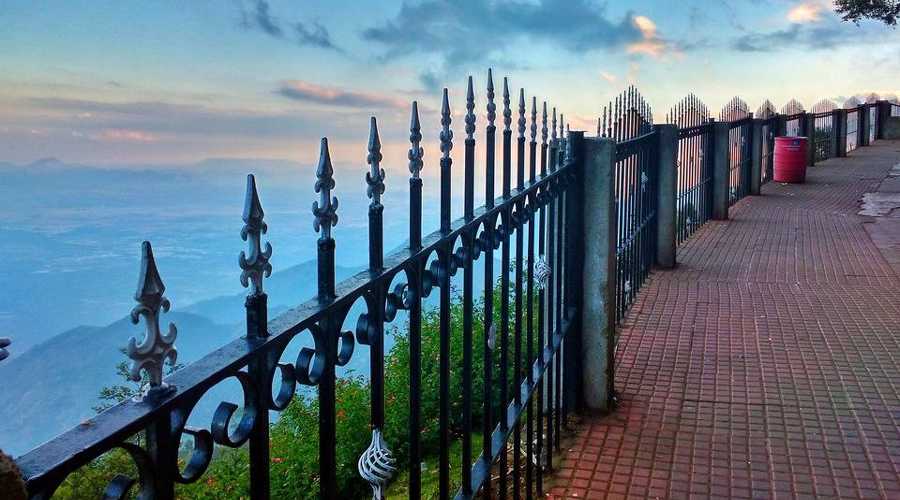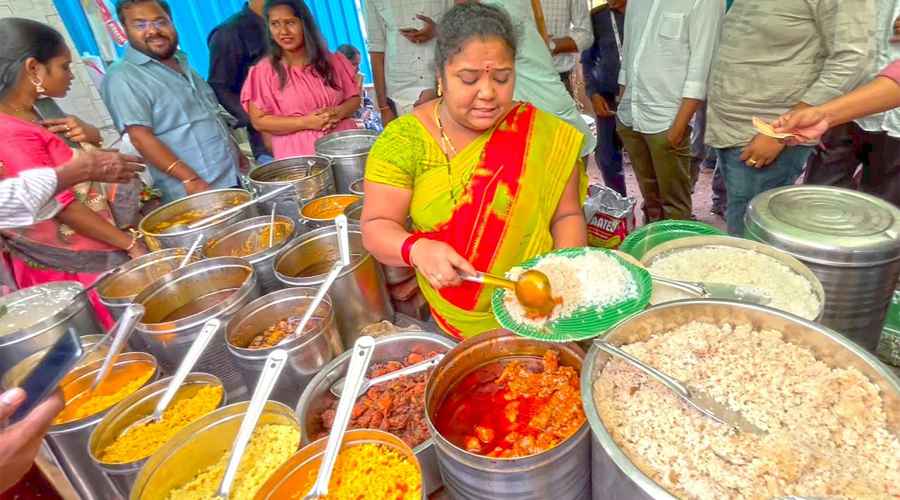India is one of the richest countries in the world when it comes to biodiversity. From the imposing Himalayas to the rainforests of the Western Ghats and the arid grasslands of central India, the land is teeming with iconic and elusive wildlife species. Wildlife photography isn’t just about capturing animals; it’s about being immersed in their natural habitats, witnessing moments of raw nature, and memorializing them for eternity. Here are ten of India’s best destinations for wildlife photography, each offering a distinct ecosystem and photographic opportunity.
1. Jim Corbett National Park, Uttarakhand
Jim Corbett National Park is India’s oldest national park and is globally celebrated for its tiger population. Nestled in the Himalayan foothills, the park’s diverse terrain—spanning grasslands, riverine belts, marshy depressions, and dense forests—offers photographers a chance to capture Bengal tigers, elephants, leopards, Himalayan black bears, deer, langurs, and rhesus monkeys in their natural element.
The park is divided into multiple zones, each with unique photographic prospects. Early morning safaris reveal mist-laden landscapes, while riverbeds are ideal for spontaneous shots of elusive predators or playful herds of elephants.
2. Kaziranga National Park, Assam
A UNESCO World Heritage Site, Kaziranga is famous for the successful conservation of the Indian one-horned rhinoceros. The park’s grasslands and wetlands present mesmerizing compositions for close-up rhino portraits. With its high density of Bengal Tigers, swamp deer, wild buffaloes, and nearly 495 species of birds, photographers here encounter a dynamic array of frames—from dramatic predator-prey chases to the tranquil graze of rhino herds.
Unique to Kaziranga is the chance to capture animals during elephant-back safaris, providing rare angles and breathtaking perspectives of wildlife amidst lush, water-reflective landscapes.
3. Bandhavgarh National Park, Madhya Pradesh
Bandhavgarh boasts the highest known density of tigers in India. The park’s rocky terrain and dense forests create dramatic backdrops ideal for action-packed tiger shots. Sal forests, cliffs, ancient forts, and wide meadows allow for varied photographic compositions.
Apart from tigers, expect to spot leopards, sambar deer, and Indian bison. Bird enthusiasts will find owls, parakeets, and hornbills thriving in the area. Sunrise and sunset drives produce the most enchanting wildlife images as the forest is bathed in golden light.
4. Kanha National Park, Madhya Pradesh
Kanha is celebrated for its expansive meadows and thick Sal forests, which are home to tigers, leopards, wild dogs, and the rare barasingha (swamp deer). Misty mornings are perfect for atmospheric shots of animals crossing grassy expanses. Photographers rave about Kanha’s scenic beauty—rolling landscapes, lush woods, and sparkling streams create natural frames for wildlife and avian subjects alike.
5. Ranthambore National Park, Rajasthan
Ranthambore is often deemed the best locale for tiger photography in India. The park’s dry deciduous forests and ancient ruins, notably the majestic Ranthambore Fort, imbue wildlife images with historical drama. Photographers routinely capture tigers stalking prey against fort walls, drinking by serene lakes, or at rest in shaded groves.
Other inhabitants include leopards, sloth bears, striped hyenas, and countless species of birds. The combination of wildlife and picturesque ruins offers matchless opportunities for creative photography.
6. Keoladeo National Park (Bharatpur Bird Sanctuary), Rajasthan
A paradise for bird photographers, Keoladeo National Park hosts more than 370 bird species and is a Ramsar and UNESCO World Heritage Site. Migratory birds such as the Siberian crane, marsh harrier, spoonbill, and resident favourites like the kingfisher and painted stork can be snapped here. The wetlands create ethereal reflections and provide dynamic backdrops for birds in flight or feeding.
Besides birds, photographers can capture turtles, amphibians, fish, and occasionally mammals like the spotted deer.
7. Gir National Park, Gujarat
Gir is synonymous with the Asiatic lion—the only place in Asia where these majestic cats roam wild. The park’s dry teak forests, rocky hills, and river systems provide fascinating contrasts for lion photography. Photographers often succeed in capturing pride behaviour, cub interactions, and powerful territorial displays.
Gir also supports leopards, striped hyenas, sloth bears, and a variety of deer and antelope species, offering ample chance for outstanding wildlife portfolios.
8. Tadoba-Andhari Tiger Reserve, Maharashtra
Often called “The Jewel of Vidharba,” Tadoba is a rising star in Indian wildlife photography. Its compact size, high tiger density, and accessible lakes make it easy for photographers to spot and capture tigers—especially around Telia and Tadoba lakes, which are well-known for reflection shots. The park also offers incredible sightings of wild dogs (dholes), sloth bears, gaurs, and nearly 300 bird species.
9. Satpura Tiger Reserve, Madhya Pradesh
Satpura’s unique terrain—combining mountains, valleys, ravines, and rivers—sets it apart. Formed by joining Satpura, Pachmarhi, and Bori sanctuaries, this park is celebrated for spotted deer, Indian bison, leopards, blackbuck, marsh crocodile, and the rare Indian giant squirrel.
With its tranquil herds and woodland glades, Satpura is ideal for those seeking serene, picturesque wildlife photographs. Boat safaris and walking trails also allow photographers to get close and creative with their subjects.
10. Hemis National Park, Ladakh
For photographers who crave extreme wilderness, Hemis National Park in the cold desert of Ladakh is famed for its elusive snow leopards. The high-altitude terrain, with rugged cliffs and merging river valleys, creates extraordinary opportunities for capturing one of the world’s most beautiful and secretive big cats.
Hemis is also home to Himalayan blue sheep, ibex, red fox, and a variety of birds, each adapted to high altitudes and harsh climates. Professional wildlife photographers flock here with expert guides, hoping to photograph snow leopards against breathtaking Himalayan backdrops.
Tips to Maximize Your Wildlife Photography Experience
Best Seasons: Winter and early summer (December to April) are ideal in most reserves for photography, with clearer skies, active wildlife, and migratory bird arrivals.
Gear: Carry telephoto lenses (200mm-600mm), fast prime lenses for low light, extra batteries, and protective covers.
Guides: Opt for expert naturalist guides; their skills in spotting and tracking wildlife are invaluable.
Ethics: Avoid disturbing wildlife, leave no trace, and respect park regulations to ensure the health of animal populations and habitats.
Conclusion
India’s wildlife sanctuaries and national parks are diverse, each offering a unique tapestry for photographers. Whether you’re searching for tigers in Ranthambore, lions in Gir, rhinos in Kaziranga, or snow leopards in Hemis, every destination demands patience, respect, and an appreciation for nature’s finest spectacles. With preparation and a keen eye, your camera can capture timeless moments that celebrate India’s wild heart.



